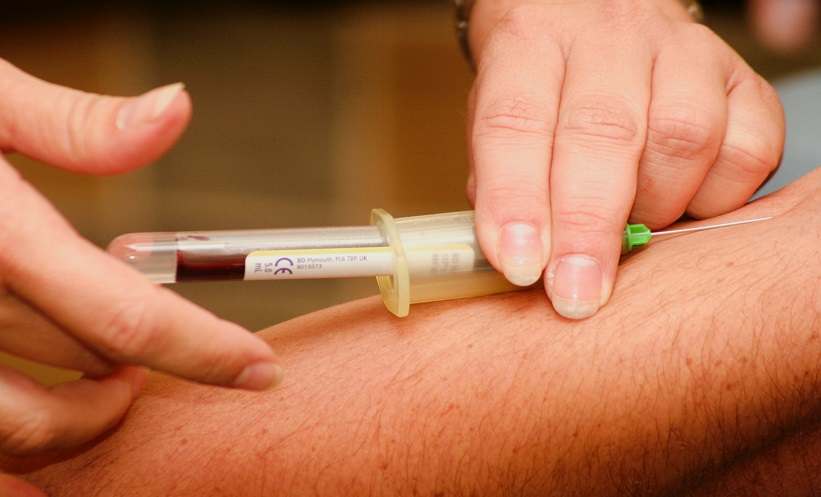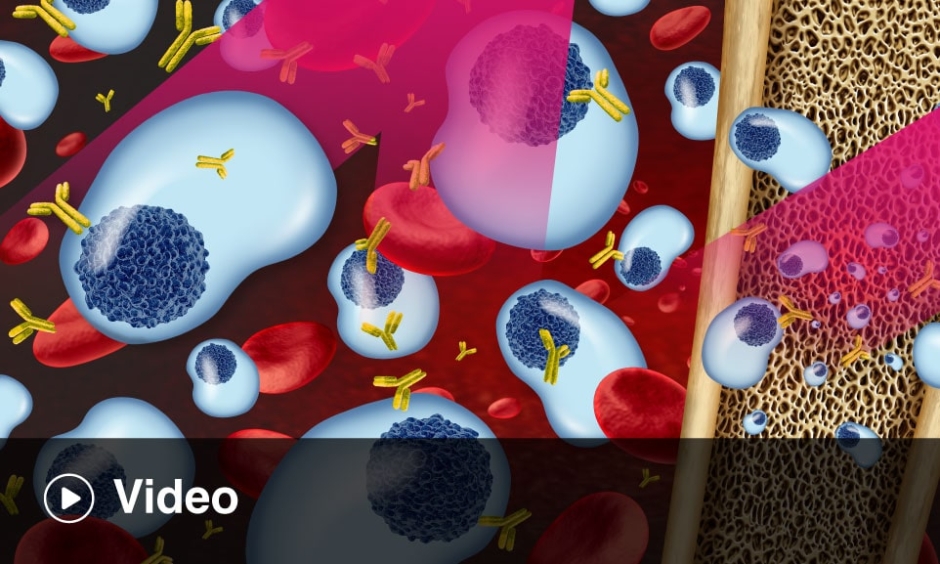THROMBOSIS is a significant contributor to morbidity and mortality in coronavirus disease-2019 (COVID-19), and researchers may have identified the mechanism for the impact it has on blood clotting.
Activation of the complement system in the pro–inflammatory state of COVID-19 can contribute to clot formation and can be initiated by several different proteins. Complement is made up of >50 circulating proteins and has the ability to recognise and render harmless bacteria, viruses, and damaged cells in the bloodstream; excessive activation of the complement system, including in severe infections, can affect the body’s own cells and result in tissue damage. Researchers at Uppsala University and Uppsala University Hospital, Uppsala, Sweden, have studied the levels of mannose-binding lectin (MBL) in patients hospitalised with COVID-19.
A study of 65 patients receiving intensive care treatment found that in all of those patients that developed thrombosis during their hospital stay (14% of those studied), MBL levels and activity were both elevated. The elevated levels correlated with D-dimer levels, but not with inflammation or organ dysfunction. The researchers believe that the activation of the complement system by MBL also contributes to a large coagulation activation, resulting in thrombosis. This study supports the idea that complement is involved in not only immune defences, but in boosting blood clotting.
Commenting further on the significance of their findings, the study’s lead author Dr Oskar Eriksson, Uppsala University and Uppsala University Hospital, said: “Our results are especially interesting since we think MBL activates blood coagulation in a way that blood-thinning drugs can’t prevent. This might explain why so many patients suffer from clots in spite of treatment.“
In discussing future applications of their findings, the researchers considered that measuring MBL levels and activity in patients with COVID-19 may help to identify those patients at greatest risk of thrombosis. Targeting the activity of MBL may also be a potential avenue for developing drugs to prevent blood clotting.








